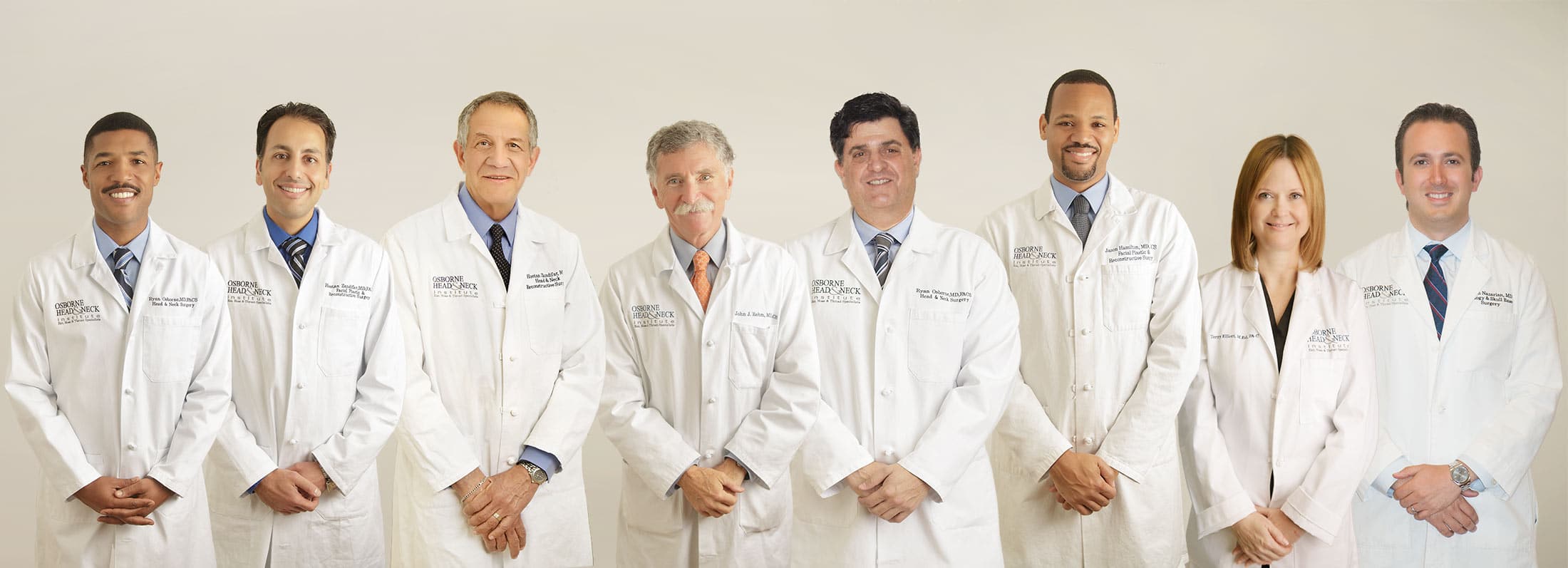Otosclerosis is a unique condition where normal bone begins to overgrow in the middle ear. The bone growth leads to fixation of the stapes bone, which acts as the main piston responsible for conducting sound energy from the outside world and into the inner ear. If left untreated, the stapes can become completely immobile, leading to significant conductive hearing loss. Fortunately, the stapedectomy procedure has been developed and perfected over several decades to help restore this hearing loss for thousands of patients without the need for hearing aids.
What are the symptoms of otosclerosis?
The most common symptom is hearing loss. Patients notice a gradual decrease in hearing over several years. Patients with early otosclerosis first notice that they have difficulty hearing low pitched sounds, like whispering or engine sounds. Patients often complain that they can understand speech, but the volume is too low. Other symptoms may include dizziness and tinnitus (ringing or buzzing in the ear).
How is otosclerosis diagnosed?
An otologist (ear specialist) can easily detect evidence of otosclerosis on your initial visit. An otoscope is used to look at the eardrum and parts of the middle ear. Your otologist will also perform a hearing test, and tuning fork testing to confirm conductive hearing loss. A test called “acoustic reflex” can also give the otologist a clue to how fixed the stapes bone is. A CT scan of the ear may be necessary in some cases mainly to rule out other possible causes of your hearing loss.
Are there medical treatments for otosclerosis?
Similar to other forms of hearing loss, a hearing aid may be beneficial in patients with otosclerosis. Studies show that supplementation with fluoride may help slow down the progression of otosclerosis. Most patients with otosclerosis may be candidates for a stapedotomy procedure, which can restore hearing without the need for a hearing aid.
What are the surgical options for otosclerosis?
The stapedectomy procedure is a minimally invasive surgery that removes the fused bone in the middle ear and replaces it with a small titanium prosthesis. In most cases, it helps restore the patient’s hearing without the need for a hearing aid. The procedure takes place in an outpatient surgery center, and takes about an hour to perform. Patients can go home the same day after the surgery, the recovery period is short, and patients usually notice improvement in hearing within a week after surgery.



What is the difference between stapedectomy and stapedotomy?
A stapedectomy is the original procedure used to treat otosclerosis. It involves removing the entire stapes bone and replacing it with a prosthesis. Over time, the procedure has become more minimally invasive. With the laser becoming more commonplace in the OR, surgeons have found that the stapedotomy procedure produces similar results and safer outcomes when compared to stapedectomy. The stapedotomy procedure uses the laser to create a small opening at the base of the stapes. Instead of removing the entire stapes bone, only the top half is removed and the base is preserved. The prosthesis is then positioned into the hole that was created with the laser, and the piston-like mechanism of the stapes is restored.
Do I have to have a prosthesis in my ear?
Although the placement of a prosthesis in the middle ear has proven to be safe over the years, many patients are still wary of having a foreign object permanently placed in their ears. For this reason, more minimally invasive procedures have been invented. One of these procedure is called the STAMP operation (Stapedotomy Minus Prosthesis). The procedure also takes advantage of the laser, by freeing a portion of the fused stapes bone. It is usually recommended for patients suffering from early otosclerosis where the entire stapes bone has not become fully fused. Studies show that this procedure has been effective for select patients with outcomes lasting more than 20 years.


